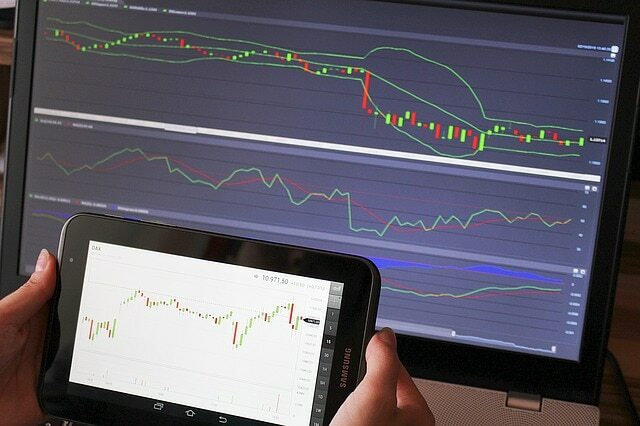The business sector is the segment into which the economic and productive activities of society are divided. It is also known as the sector of the economy, it consists of three sectors: primary that involves agriculture, livestock and extractivism; secondary, referring to industry and civil construction; and tertiary, which includes commerce and the provision of services.
On the other hand, the business sector can be defined as large areas or segments into which the economic activities carried out by society are divided. This categorization is carried out by means of three sectors, which add companies, businesses and similar jobs in their form of execution and / or in their final purpose.
Advertisements
This way of dividing the economic production of a certain territorial level is very useful to know the socioeconomic profile of that space (which can be a country, state or municipality) and even for the development of public policies aimed at generating jobs, economic. recovery and development, for example.
Through the sectorization of economic activities, it is possible to identify where the hand of work of a territory and understand the composition of its Gross Domestic Product (GDP) based on the production.
Advertisements

In this article you will find:
Importance
The importance of distinguishing the business sector comes from the great differences between a company that operates in the primary sector and a company that provides a service. There are also big differences between companies within the same sector. For example, a coal mine and a farm are in the primary sector, but they are very different.
Advertisements
Also, a business that produces chocolate is different from a business that produces car tires, but you will find them in the same industry. Business sectors comprise a variety of different companies.
Some are small, some are big. Some can be configured as corporations, partnerships, or individuals. Some may be home-based, while others operate in dozens of factories across the country. The sectors of the economy are an integral part of the economic cycle of countries or regions.
Advertisements
In capitalism, the primary, secondary and tertiary sectors are interconnected and make the economy go round. To understand more about the economy of a country, it is enough to analyze which of the three sectors is more important or prominent for the economic activities of a given territory. Depending on the economic development of a country, it is possible to understand which sector is predominant.
The most developed countries, for example, do not invest much in the primary sector. On the other hand, countries considered underdeveloped have family farming as their main or only source of income.
Advertisements
Sectors of the economy
Primary sector
The primary sector of the economy is formed by activities that extract raw materials from nature, thus working with natural resources or primary products.
With this, we have the following productive branches that make up this segment:
- farming
- Won
- Forestry
- Fishing
- Mineral extractivism
- Plant extractivism
The primary sector is made up of agricultural and extractive activities, such as mining and plant extraction.
The process of packaging and transferring merchandise originating from this sector, to the market or to the transformation industries, is also considered to be part of the primary sector. It is also noteworthy that a large part of the raw material used in the transformation industries comes from this sector.
Secondary sector
The secondary sector of the economy aggregates the activity of industries from very different fields. It is made up of industrial activities. Most of the industries that make up this segment use raw materials supplied by the primary sector. The secondary includes consumer goods, production or basic goods, and extractive industries.
In short, it can be said that the secondary sector is made up of factories dedicated to production in the following areas:
- Automotive, naval and aeronautics
- Metallurgy and steel industry
- Textile
- food and drinks
- Paper and pulp
- Wood and furniture
- Chemical and petrochemical
- Machinery
- Civil construction
- Electronic and computer equipment
The list does not end here, and many other activities can also be associated with this sector.
Third sector
The tertiary sector of the economy can be defined as one that brings together all activities related to services provided by companies and individuals, as well as trade. This segment is much broader than the two described above and encompasses the most diverse types of professionals, whether they are formal service providers or informal workers.
We can cite professors, researchers, lawyers, merchants, mechanics, travel and tourism agents, vendors, assistants, drivers, waiters, assistants telemarketers, developers, entertainment and culture professionals, and many others who work providing some type of service to a consumer direct.
Management and all services related to the public sphere, such as health, education, defense and urban cleaning, to mention some of the most important in the tertiary sector. Furthermore, we cannot forget that tourism, finance, transport and real estate belong to the third sector of the economy.
The tertiary sector is today the main economic segment with regard to the world economy and also to national scale, taking into account a detailed analysis of GDP and the composition of the workforce in various countries. The sector represents 63% of world GDP and employs approximately half of its workforce.


